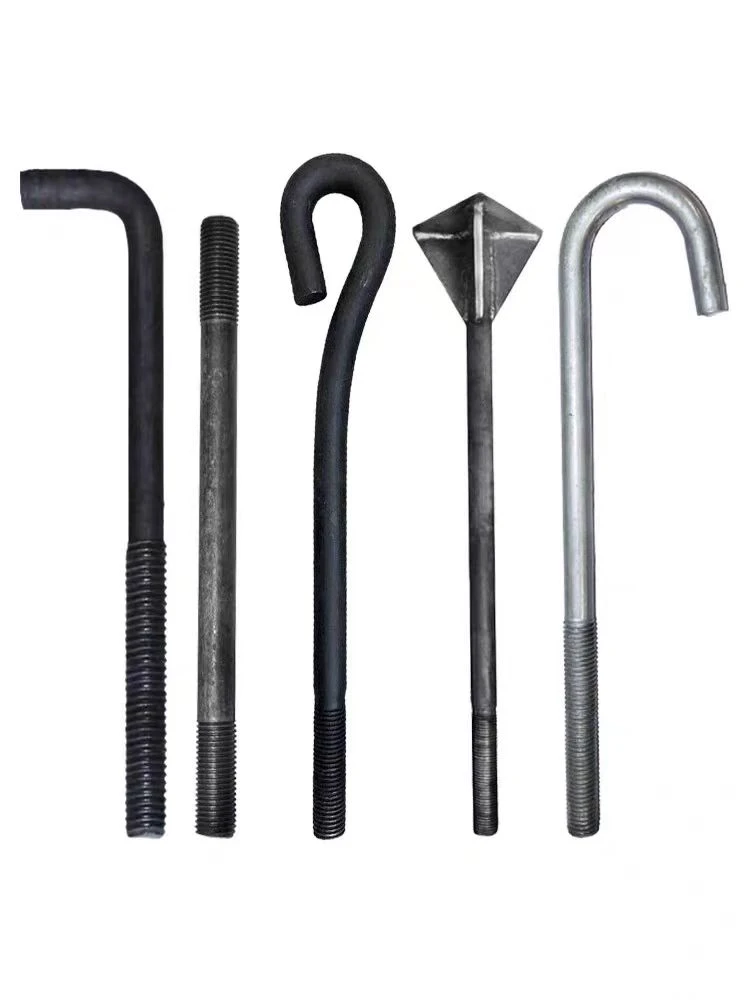

m6 bolt
Sep . 23, 2024 02:20 Back to list
m6 bolt
Understanding M6 Bolt A Comprehensive Overview
When it comes to fasteners in mechanical engineering and construction, the M6 bolt is a common yet critical component. The M in M6 stands for metric, indicating that this bolt follows the International System of Units (SI) for measurement. The 6 denotes the nominal diameter of the bolt, which is 6 millimeters. M6 bolts are extensively used due to their reliability, versatility, and ease of use in various applications.
Characteristics of M6 Bolts
The M6 bolt typically features a uniform thread pitch, which is standard for metric bolts. The thread pitch is generally 1 millimeter, making it suitable for a tight yet manageable fit in different materials. M6 bolts are often made from various materials, including carbon steel, stainless steel, and various alloys, which can affect their strength, durability, and resistance to corrosion.
In terms of grading, M6 bolts can vary in strength. The most commonly used grades in the steel context are 8.8, 10.9, and 12.9, indicating higher numbers represent stronger bolts. Stainless steel variants, such as A2 or A4 grades, are also available for applications that require rust resistance. Choosing the correct grade is essential for ensuring safety and reliability in your projects.
Applications of M6 Bolts
M6 bolts can be found in a myriad of applications ranging from automotive to construction and electronics. In automotive assembly, M6 bolts secure engine components, chassis parts, and more. Their ability to withstand vibrations and heavy loads makes them ideal for these high-stress environments.
m6 bolt

In construction, they are used to fix structural components together, such as metal framing, where strength and stability are paramount. Their compact size allows for easy handling and installation, making them a preferred choice among builders and engineers.
Electronics also benefit from M6 bolts, as they are often used to mount circuit boards securely within casings. Their reliability ensures that crucial components remain in place during usage, reducing the risk of failure.
Installation and Usage Tips
Installing M6 bolts correctly is crucial for achieving optimal performance. It is generally recommended to use a corresponding nut that fits the same thread size, typically an M6 nut. When tightening an M6 bolt, using a torque wrench is advisable. This tool helps ensure that the bolt is tightened to the manufacturer's specifications, preventing stripping or over-tensioning, which can lead to failure.
Moreover, pre-drilling a hole that matches the bolt's diameter is essential if the M6 bolt is being placed into a material that has not been previously tapped. This pre-drilled hole typically needs to be slightly smaller than the bolt's shank to ensure a snug fit.
Conclusion
In conclusion, the M6 bolt is a small yet indispensable fastener in numerous fields. Its metric size, robust construction, and versatile applications make it a go-to choice for engineers, builders, and hobbyists alike. Whether you are undertaking a DIY project at home or working on a large-scale industrial application, understanding the importance of M6 bolts can significantly enhance the integrity and safety of your work. With proper care in selection and installation, M6 bolts will continue to serve as reliable components in various assemblies for years to come.
Latest news
-
Hot Dip Galvanized Bolts-About LongZe|High Strength, Corrosion Resistance
NewsJul.30,2025
-
High-Strength Hot Dip Galvanized Bolts - Hebei Longze | Corrosion Resistance, Customization
NewsJul.30,2025
-
Hot Dip Galvanized Bolts-Hebei Longze|Corrosion Resistance&High Strength
NewsJul.30,2025
-
High-Strength Hot-Dip Galvanized Bolts-Hebei Longze|Corrosion Resistance&High Strength
NewsJul.30,2025
-
Hot Dip Galvanized Bolts-Hebei Longze|Corrosion Resistance&High Strength
NewsJul.30,2025
-
Hot Dip Galvanized Bolts - Hebei Longze | Corrosion Resistance, High Strength
NewsJul.30,2025

